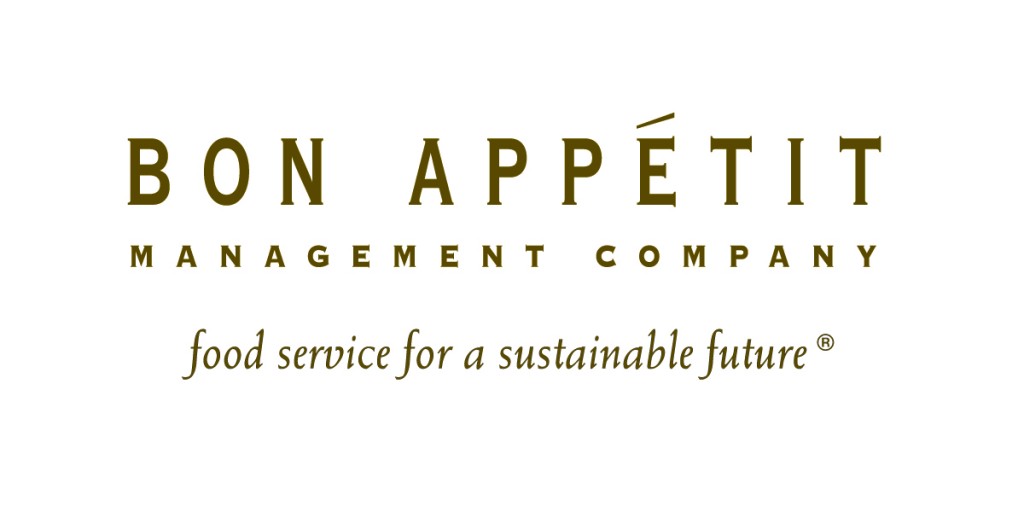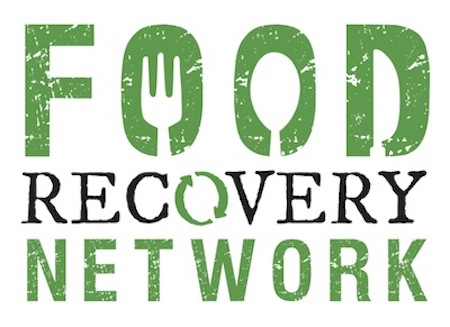Policy Analysis
Lafayette College: Food Rescue Program
Policy Section
This section will cover a policy analysis of implementing a Food Rescue Program at Lafayette College. An important step in a policy analysis of the implementation of this type of program is developing an understanding of the critical stakeholders involved in the implementation and execution of the food rescue program. There are three main groups of stakeholders involved in this project. There is Lafayette College, the Easton community, and a food collection agency. Within each of these main groups the stakeholders can be better defined.
Starting with Lafayette College there are three main players in the implementation of a food rescue program. We have identified these players as Bon Appétit, the Lafayette Administration, and the Lafayette College student body. It is impossible to determine the feasibility of a food rescue system at Lafayette College, or implement and execute a system without the full cooperation of Lafayette College’s dining services. The current provider of Lafayette College’s dining services in Bon Appétit. Bon Appétit became Lafayette College’s dining service provider for the Fall of 2013. Lafayette College’s Bon Appétit is part of a company based in Palo Alto, CA. They are an on-site restaurant company which offers its full food-service management to corporations, universities, museums, and specialty venues. Bon Appétit services over 500 restaurants in over 32 states. They are self-proclaimed to follow and uphold environmentally sound sourcing policies. They have been active in setting up programs within their organization addressing issues such as local purchasing, overuse of antibiotics, sustainable seafood, the food-climate connection, humanely raised meats and eggs, and farm workers’ rights.
Bon Appétit holds its community involvement paramount within its organization nationwide. Since Bon Appétit is a member of so many different communities, it strives to be actively involved and engaged with those communities it is a part of. The company holds many policies to help support their communities. Some examples of these supportive policies include: chefs being required to source at least 20 percent of their ingredients from small, owner-operated farms and artisan businesses within a 150 mile radius; aiding local schools and non-profits in hosting fundraising dinners, volunteering at local food banks, and donating to food recovery programs; and their Fellows Program. The Fellows Program is a means of dispatching three recent graduates to make visits to college campuses around the country to inspire students to also get involved in activities like campus farms and food recovery projects. Nationally, Bon Appétit has a proven political structure and formation of corporate values to be the driving force behind a food rescue program at Lafayette College for the Easton, Pennsylvania community.
Are main contact at this point is the Bon Appétit General Manager here at Lafayette College, Joel Blice. He was able to confirm the ability for Bon Appétit to implement this type of food rescue project at Lafayette College. He also provided valuable input on the types of concerns he and Bon Appétit would have. These challenges are mentioned by General Manager Blice in the following excerpt from an email conversation:
- The two challenges I think of right away would be cost and food safety. In the cost area we would need labor, packaging and transportation. Perhaps the labor could be a volunteer effort, I’m sure we could make that work.Food safety is always a great concern; there should be a required training class for the volunteers prior to allowing them to participate in the food recovery effort.
These challenges of cost and food safety are both vitally important to think about and can be better understood in our technical and economic sections. However, Food Safety should not be a concern legally by Lafayette. The Bill Emerson Good Samaritan Food Donation Act, which simply protects both the donors and the receiving agency from liability charges unless gross misconduct is found. This law was signed by President Bill Clinton in 1996. Additionally states have Good Samaritan policies which protect for donations of good faith from liability charges.
We also were able to listen to a very informative webinar entitled “Donating Unsold Food”. A major discussion point of the webinar was the policy issues associated with food recovery programs. One presenter a professor at the University of Arkansas School of Law, discussed in great detail the legal issue with food recovery. The main takeaway from here presentation there has never been a single lawsuit regarding liability of donated food. She explains the barriers there are to cross including the misconception of the legality of food donation and the necessary training and oversight needed when implementing a program. Nicole Civita’s’s presentation can be viewed here.
Mr. Blice also offered his insight on stakeholders involved in this sort of project which lines up with our analysis:
- In an opportunity that will truly benefit members of the greater Easton community everyone should be a stakeholder! I would say that this effort could be driven by students and Lafayette Dining primarily, along with some initial assistance from the Lafayette community in assisting with delivery and packaging.
Mr. Blice also provided a confirmation of Bon Appétit’s involvement in food recovery programs at other colleges and universities across the country:
I have just heard back from our Bon Appétit fellow who coordinates food recovery programs for us across the country. We currently have at least 100 accounts doing some type of food recovery.
Nationally, Bon Appétit is actively partnered with an organization called the Food Recovery Network (FRN). The Food Recovery Netork is a student run organization with a mission to recover leftover food at college campus dining halls to donate to those in need. Whitter College was the first Bon Appétit School to join as a Food Recovery Chapter last year and has donated 1,361 pound of food to date which is equivalent to over 1,000 meals. The University of Portland and Mount Saint Mary’s are examples of other Bon Appétit schools to join the Food Recovery Network and actually developed a A Guide to Food Recovery Network for Chefs and General Managers.
The Food Recovery Network is a professional organization started in January of 2012. Students from four colleges came together and created the Food Recovery Network determined to create a food recovery program on every college campus in the country. It initially spawned from a University of Maryland project noticing the amounts of food waste on campus coupled with the community’s hunger needs. As of May 2014, the Food Recovery Network has implemented programs at more than 95 colleges spanning 26 states, Puerto Rico and Washington D.C. These programs have been able to recover over 400,000 pounds of food. Recently the Food Recovery Network has been able to gain the support of Chartwells in addition to Sodexo, Bon Appétit, and many independent dining providers. Examples of schools in Pennsylvania alone which are involved as active chapters of the Food Recovery Network include: Allegheny College, Drexel University, Lycoming College, Mercyhurst University, Millersville, University of Pennsylvania, Penn State Erie, The Behrend College Penn State, Saint Joseph’s University, Shippensburg University, Susquehanna University, University of Pittsburgh, and University of the Sciences Villanova University. This list of schools includes schools as small as Lycoming College (1400 enrolled) to universities as large as the University of Pittsburgh (35,000). Lafayette College could be a strong candidate to get involved with the Food Recovery Network, having ties to Bon Appétit while also belonging to an Easton community which we demonstrated has a need for the food in our social context analysis.
Another very important stakeholder group other than Bon Appétit is the Lafayette student body. In order for a chapter of a Food Recovery Network to run effectively, smoothly, and with sustainability is for students to become involved, interested, and invested in the organization and food recovery. As Joel Blice mentioned, food safety is a major concern when dealing with food recovery in both packaging and transporting food. Depending on the system implemented (see technical analysis), students involved in a food rescue program would need to undergo training in some function. But most importantly there needs to be more students (especially sophomores and juniors) aware of the issue we (Chris Castello, Scarlett Jimenez, and Matt Schultheiss) are trying to solve. As the three of us are seniors and this program will not be able to be implemented within the time we are active students here, there is a need for more to get involved and to be actively engaged in the program’s goals and have it run smoothly and effective.
As mentioned earlier, the Easton community is another important stakeholder in a possible food rescue program at Lafayette College. Although the community is covered with more depth in the social context section, it is important that this project has contacts and interest from the Easton community in order to be successful. We have had discussions with the Center for Community Engagement to find the best way to get Easton involved with this project. An organization that may be very interested in this project may be the Hunger Coalition recently formed by Easton Community members. The Coalition is new and looking to help solve food insufficiency in Easton, PA.
The final important stakeholder for the food rescue program at Lafayette College is finding an organization to distribute the food to those in need. This may (and maybe ideally would) work in tandem with the Hunger Coalition. Some organizations in the area that could be involved include NORWESCAP, Second Harvest Food Bank, and the CACLV (Community Action Committee of the Lehigh Valley). \
NORWESCAP is a non-profit corporation which provides food to counties in need primarily in New Jersey. They are located the closest to Lafayette College, and possess a system for food distribution. And after discussing with the NORWESCAP’s director Helene Messner, we found out that it is politically unfeasible for them to service the Easton community. They are allowed to receive food donations from Pennsylvania, but cannot distribute that food to Pennsylvanian’s by law. Also they are not allowed to receive perishable foods by law. Ms. Messner did mention Second Harvest as the food bank for this area. Second Harvest is a food bank which serves the Lehigh Valley and is partnered with the CACLV. According to CACLV 2012-2013 Annual Report, Second Harvest has distributed 6.95 million pounds of food for the 2012-2013 year (more than 9% over the previous record-setting year). 1.4 million of this aforementioned food included perishable food. This food has been distributed to 69,000 individuals via 200 non-profit organizations including shelters, soup kitchens, and pantries throughout the six county regions. These organizations possess the volunteers and reach to be able to provide an outlet for the recovered food at Lafayette College.
Bon Appétit, the Lafayette student body, the Easton community and a local food collection agency all encompass the stakeholders within the scope of a food rescue program at Lafayette College. Bringing these groups together and establishing a dialogue and relationship is a critical step which this project has striven to do. It will be impossible to implement a food rescue program without the cooperation of all stakeholders. With these stakeholders in place the project has the political feasibility to be successful.


